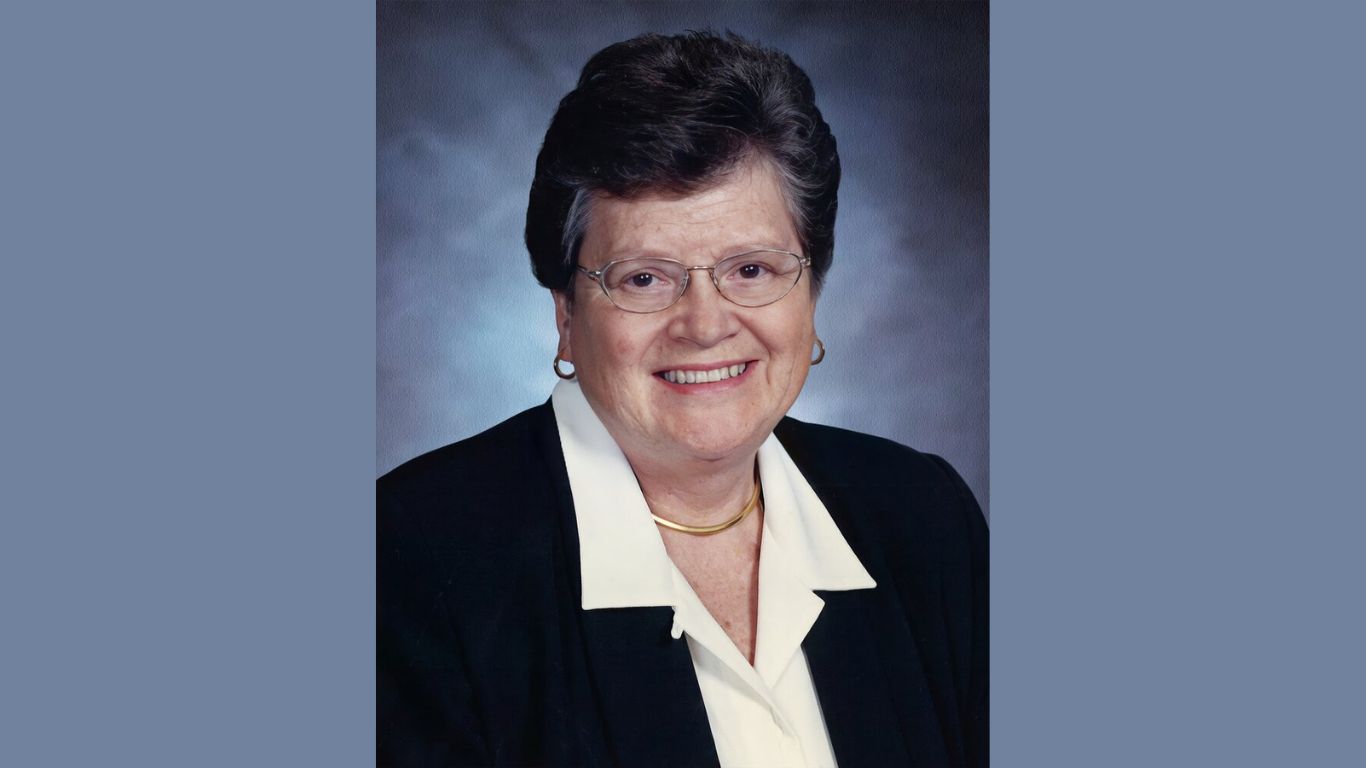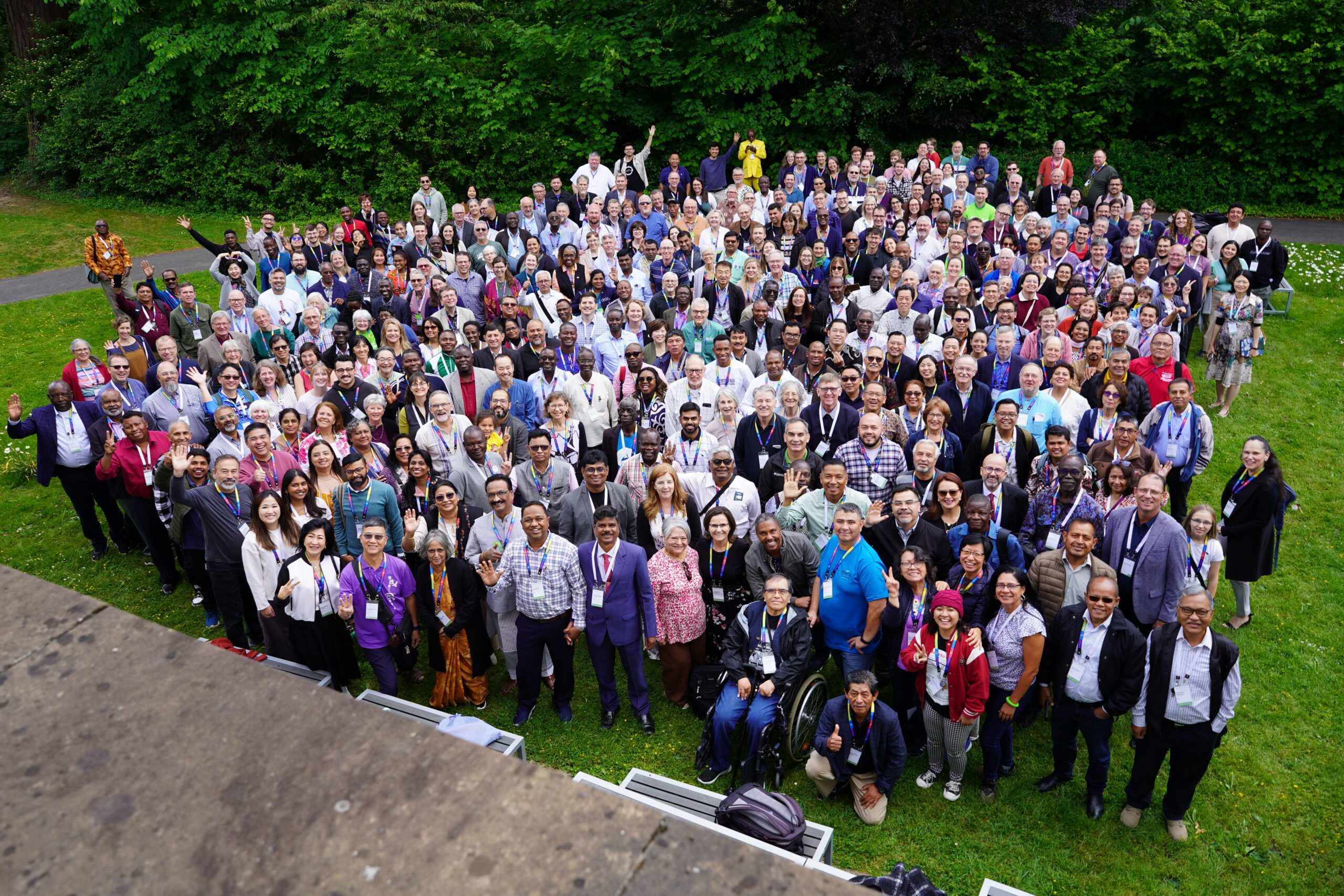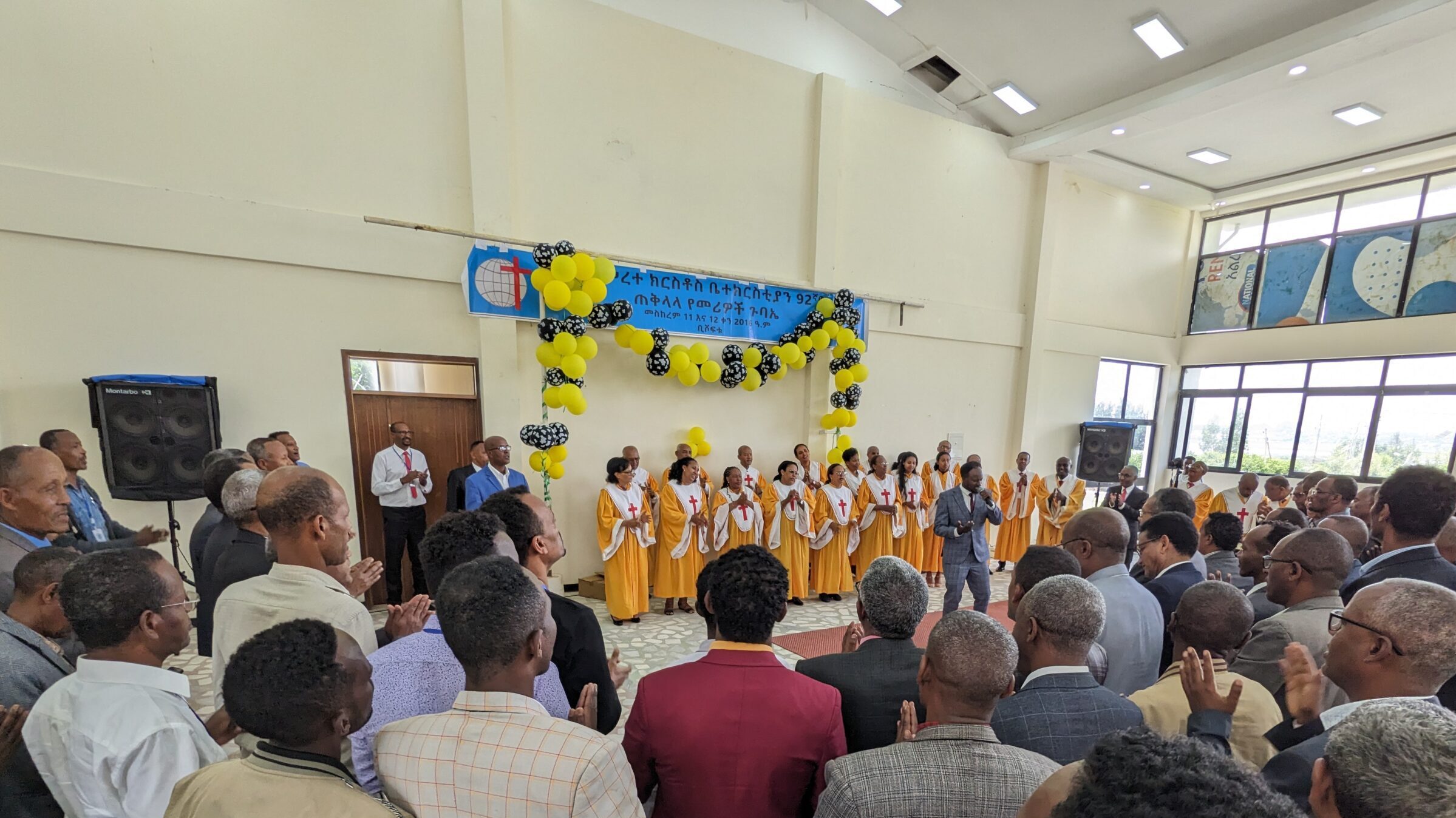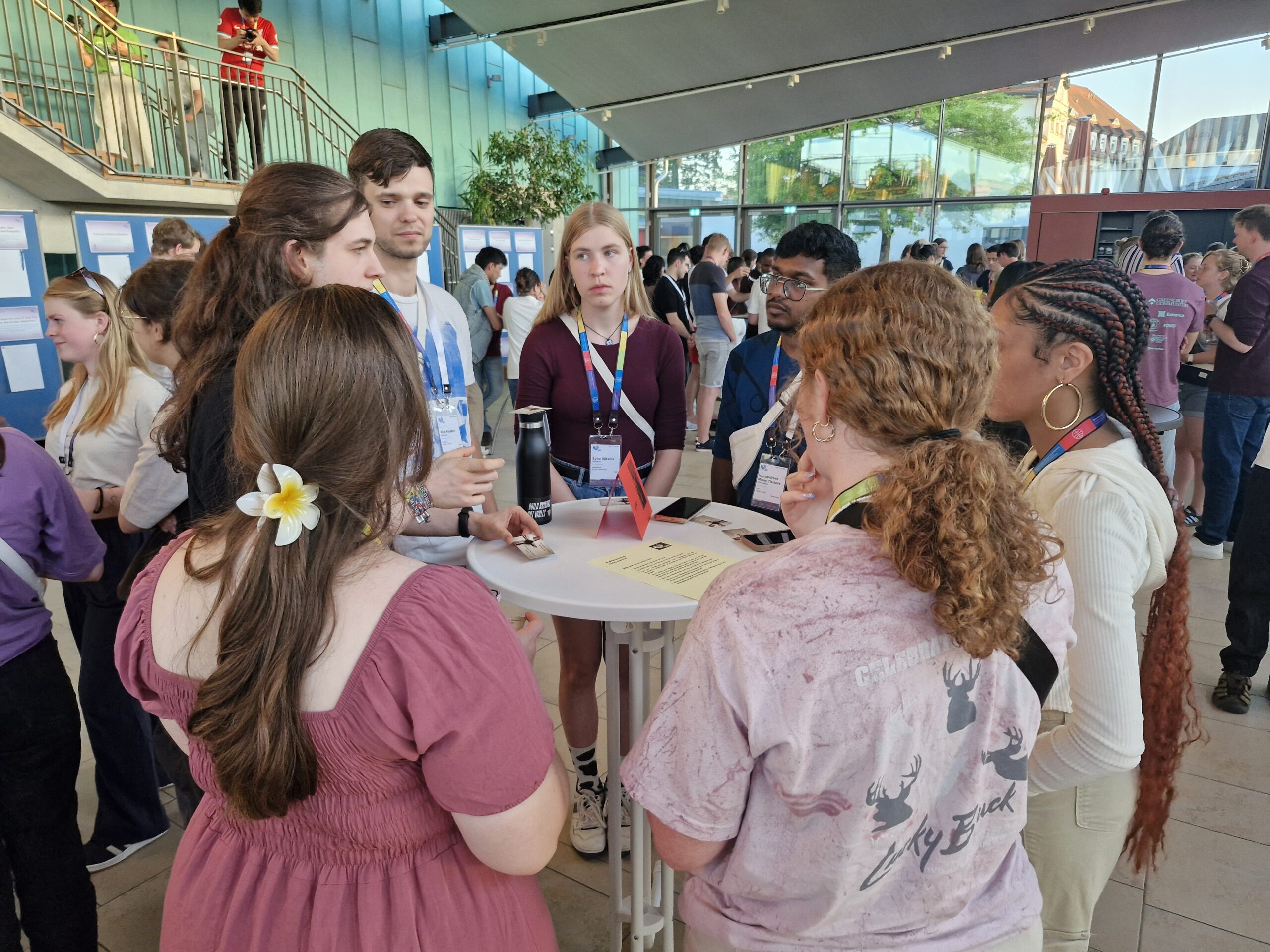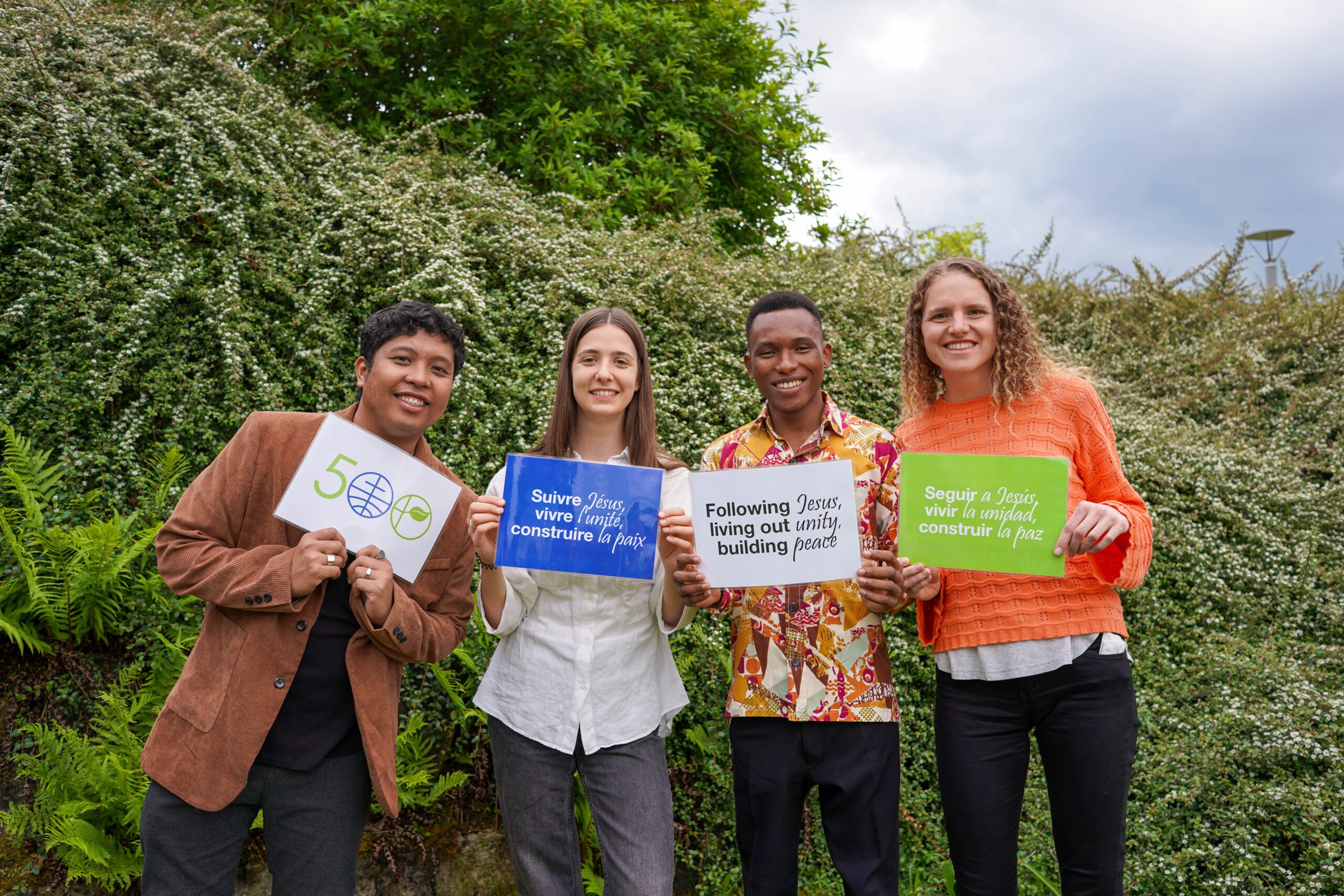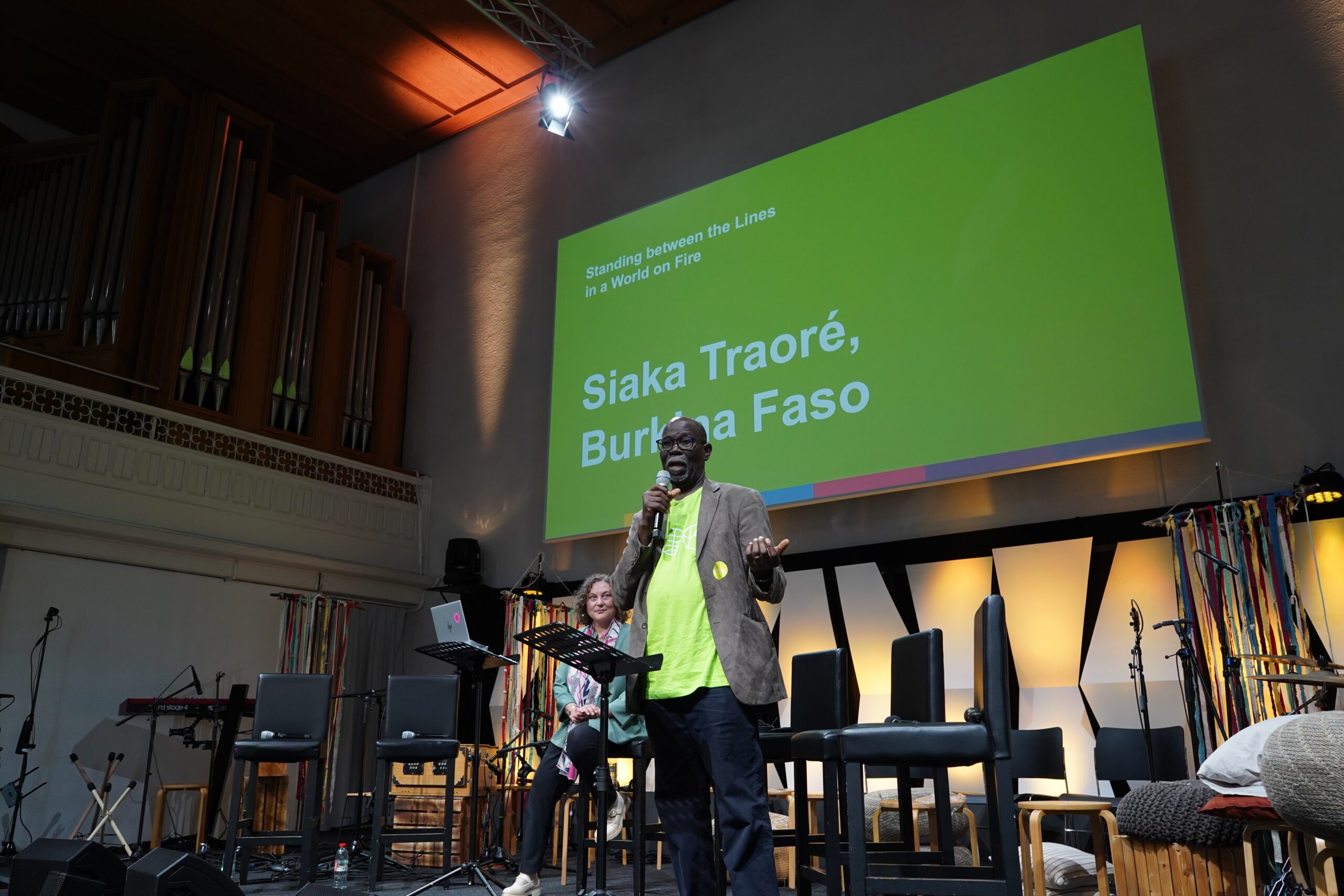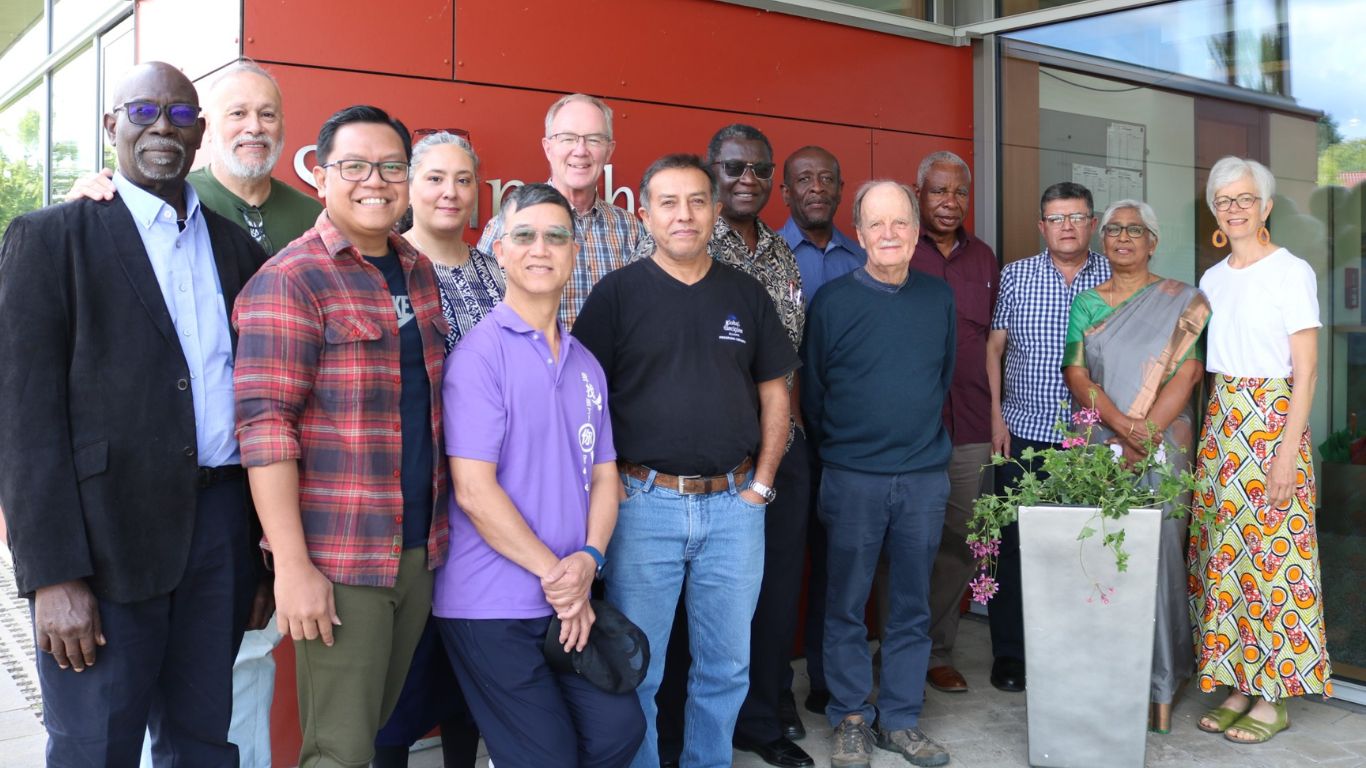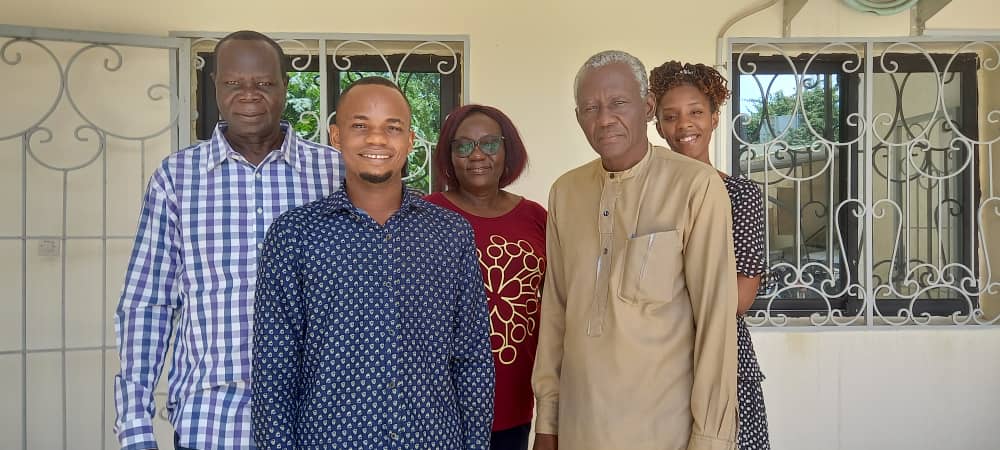-
A blessing, not a burden
“Attending an Assembly is a wonderful experience. There’s an opportunity to see another part of the world, and to meet so many people. We learn new ways of working together; we adjust for things we hadn’t planned for; and most importantly, we build relationships,” says César García, MWC general secretary. When the leaders of Meserete Kristos…
-
A tapestry of faith, adventure and love
Kathryn Good’s life of service lives on beyond her death through the bequest she arranged. A bequest is an opportunity to provide an end-of-life gift as part of estate or will plans. It allows the giver to support an organization they believe in even after they are gone. Kathryn Good selected MWC to benefit in…
-
COP 30 blogs by a Dutch Mennonite
Updates from COP 29 – United Nations Framework Convention on Climate Change (UNFCC) This year, Marijke van Duin was once again an observer at the annual United Nations Climate Summit as a delegate of the World Council of Churches. This 30th climate summit, COP 30, was held in Belém, Brazil, in the Amazon rainforest. Marijke…
-
Committed to serving people
How do you stay in relationship in a diverse global communion comprised of 110 national member churches scattered across 61 countries, with vastly different economic circumstances and political and cultural contexts, speaking more than 30 different languages? “Mennonite World Conference is an organic community and not a bureaucratic institution. As a global church, we are…
-
Assembly 18 postponed
The Mennonite World Conference Assembly in Ethiopia is postponed to a different date and country. Due to an internal crisis of unity, Meserete Kristos Church (MKC) has sorrowfully withdrawn their invitation to host the MWC Assembly. Their need to focus on internal unity makes it difficult to dedicate the attention needed to prepare for global…
-
Mentoring the next wave of global church leaders
From YABs to General Council: A path laid through mentorship “The strength of the young and the wisdom of the old, the Lord wants both,” said Timo Doetsch from Arbeitsgemeinschaft Mennonitischer Brüdergemeinden in Deutschland (AMBD) in Germany. He took to heart what church planter Lawrence Warkentin said to him many years ago – and so…
-
A lifestyle of giving takes many shapes and forms
Young adults are ambitious, capable, and more educated than the previous generations, according to a 2025 study by Randstad. However, the job market is becoming more competitive, and many are struggling to find employment. Yet giving is a part of life as Christians. Young Anabaptists agree that financial giving is important. They recognize their local…
-
Working hand-in-hand to serve God’s kingdom
“The Courage to Love” is still evident in our polarized world today. “Working for peace does not mean we are going to fold our hands, but we are going out there. Peace is action,” said Oscar Siwali (South Africa) of SADRA, a member of GAPN. The Global Anabaptist Peace Network (GAPN) hosted a webinar on 22 September 2025 in conjunction with Peace Sunday and the International…
-
To make the mosaic visible
Siaka Traoré has been appointed an ex-officio officer for Mennonite World Conference as a representative for Africa, effective immediately.
-
Bridge builders
Changes on regional representatives team “I have witnessed firsthand the power of ‘Living out Unity’ amid diverse communities and the constant need for “Building Peace” through dialogue and understanding,” says Vikal Pravin Rao, incoming regional representative for South Asia. MWC’s regional representatives are part-time volunteers who develop and support relationships with MWC member, associate-member and potential-member churches;…
-
Deep, spiritual transformation on YAMEN year
“I have always desired to see and understand the world beyond my immediate environment, to learn from diverse communities. When I learned about YAMEN’s vision for young people of global learning and service, I saw it as a platform that will expose, shape and equip me for the betterment of myself, the church and my community,” says Moses Johnson Jumbo. Moses Jumbo, a member from Mennonite Church, Inen district, Nigeria, served…
-
Encyclopedia expands user access
“Let us not become weary in doing good, for at the proper time we will reap a harvest if we do not give up” (Galatians 6:9). This verse inspires the management board of GAMEO. In 2025 and 2026, the Global Anabaptist Mennonite Encyclopedia Online is focused on improving user experience and author engagement. One initiative…
